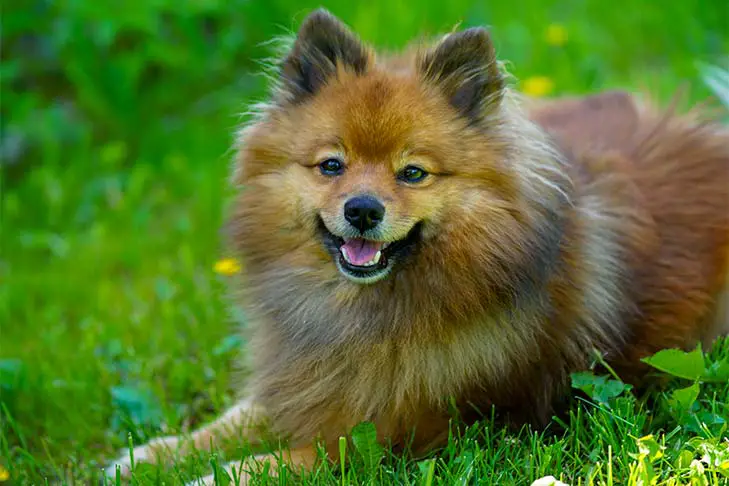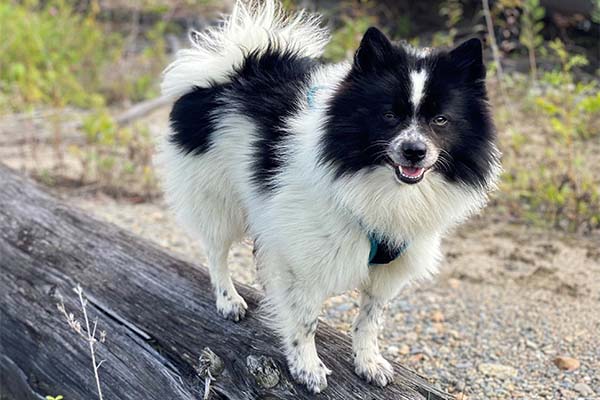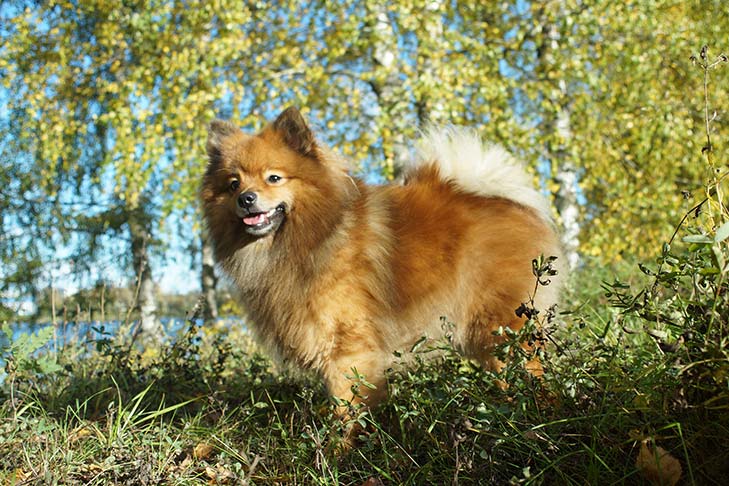The German Spitz is constantly alert, animated, and incredibly dedicated to its owner. He is incredibly easy to train and very teachable. He makes the best watchdog for the house because he has little hunting instinct and distrusts strangers. The qualities that stick out the most about him are his resilience and longevity.
German Spitzes and other spitz breeds are particularly alluring due to their stunning coats, which are set off by a thick undercoat. His bushy tail draped boldly over his back and the muscular, mane-like collar around his neck, known as a ruff, are particularly stunning. The German Spitz is distinguished by a foxy head, sharp eyes, and short, pointed ears that are positioned close together. The Large German Spitz is available in brown, black, or white. Colors for the toy and medium German Spitz include white, black, brown, orange, grey-shaded, and other hues. This energetic and clever breed might have an independent streak despite being easily trainable. The German Spitz will be happy mingling with other people and dogs.






 Health
Health Grooming
Grooming Exercise
Exercise Training
Training Nutrition
Nutrition